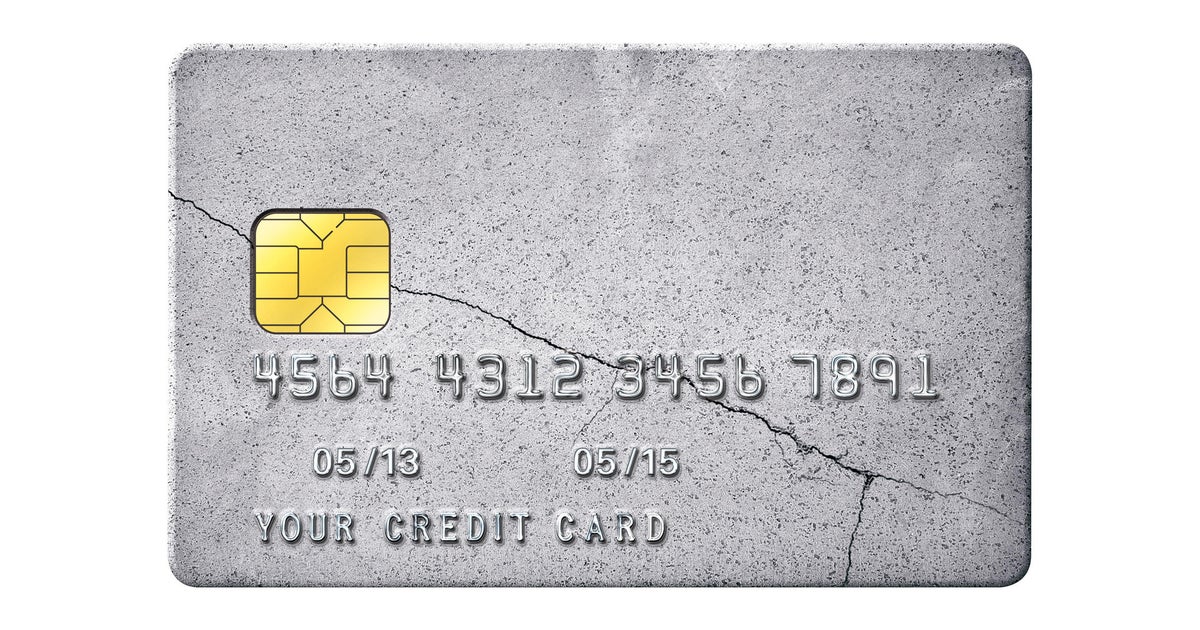Should you use a reverse mortgage to cover long-term care costs?
Long-term care support and services can be costly. With the least expensive form of long-term care costing tens of thousands of dollars per year and more expensive options easily costing six figures annually, you may be wondering how you'll pay for your care when you need it.
Some seniors who need long-term care may look to reverse mortgages as a way to cover the cost. With reverse mortgages, lenders give you access to funding (secured by your home equity) that will need to be paid back when you die or leave your home. The money you borrow is typically repaid through the eventual sale of your home, according to the United States Office of the Comptroller of Currency.
But, while a reverse mortgage may seem like a strong option for covering the cost of your long-term care, it may not be the best option for you. That's especially true if you qualify for long-term care insurance.
Compare your long-term care insurance options today.
Should you use a reverse mortgage to cover long-term care costs?
"You have to be extremely careful when considering using a reverse mortgage to pay for long-term care," explains Corey Rieck, MBA, CLTC, president and founder of The Long-Term Care Planning Group, an agency that helps consumers plan for their care. And, those who want to use a reverse mortgage to cover the cost of long-term care "have to be at least 62 years of age and prove that they understand what they are doing."
Even if you are 62 or older and understand the ramifications of a reverse mortgage, it may not be your best option to pay for your long-term care, here's why:
That's what long-term care insurance is for
Rather than considering a reverse mortgage, most people should look into long-term care insurance as a way to cover the cost of their care. This type of insurance is designed to pay for costly long-term care services, like nursing homes and home health aides. And, long-term care insurance is nowhere near as costly as those services can be.
In fact, long-term care insurance premiums are typically only a few hundred dollars (or less) per month. Even at 75 years old, when the risk of needing long-term care is high (and insurance premiums reflect that high risk), your long-term care insurance premiums may only be between $4,052.36 and $5,456.03 per year. Those annual premiums work out to between $337.70 and $454.67 per month.
Find out how affordable long-term care insurance can be for you today.
Long-term care insurance is more cost-effective
With long-term care services costing tens to hundreds of thousands of dollars per year, it's clear that long-term care insurance is more cost effective than paying out of pocket. But, if you use a reverse mortgage to cover that cost, it typically becomes even more expensive.
Of course, the price of your care won't change regardless of how you pay for it, but a reverse mortgage comes with additional expenses to consider. First, you'll have to consider the upfront costs associated with a reverse mortgage. These include closing costs, loan origination fees and your first annual mortgage insurance premium.
Then, there are ongoing costs to consider. According to the Consumer Financial Protection Bureau, those ongoing costs can include interest, service fees, annual mortgage insurance premiums and ongoing expenses associated with home ownership (like homeowners insurance and property taxes).
So, if you use this type of financing to cover your long-term care expenses, you'll be adding reverse mortgage expenses to the cost of your care.
You may put your family home in jeopardy
A reverse mortgage has to be paid back at some point, and that usually happens through the sale of your home. So, if you take the reverse mortgage route, you'll be reducing the value of the home you planned to leave to loved ones. Since the money will need to be repaid at the time of sale, they'll stand to inherit that much less. Or, if they want to keep the home, they will need money to cover what you borrowed, plus any interest and fees that would normally be paid through the sale of your home.
But what if you have few other options?
A reverse mortgage "may be an acceptable funding alternative if the client has limited other assets that they need to live on," explains Rieck. So, when might it be OK to use a reverse mortgage to cover your long-term care costs?
- When you use it to pay your insurance premiums: If you can't afford long-term care insurance premiums, "it may be applicable to do a reverse mortgage to purchase a product or instrument to fray or otherwise greatly reduce or eliminate the cost," says Rieck.
- When you don't qualify for long-term care insurance: If you aren't healthy or young enough to qualify for long-term care insurance, it may be wise to use a reverse mortgage to cover the cost of your care.
The bottom line
A reverse mortgage isn't typically the best way to cover the cost of long-term care. After all, long-term care insurance was designed to do so and is more cost effective than a reverse mortgage. Not to mention, a reverse mortgage could put your family home in jeopardy.
But, in some rare cases, a reverse mortgage may be your best option. For example, if you don't qualify for long-term care insurance or don't have the funds you need to pay the premiums, you may benefit from using a reverse mortgage. Nonetheless, you should carefully consider the pros and cons of doing so before taking that route.





